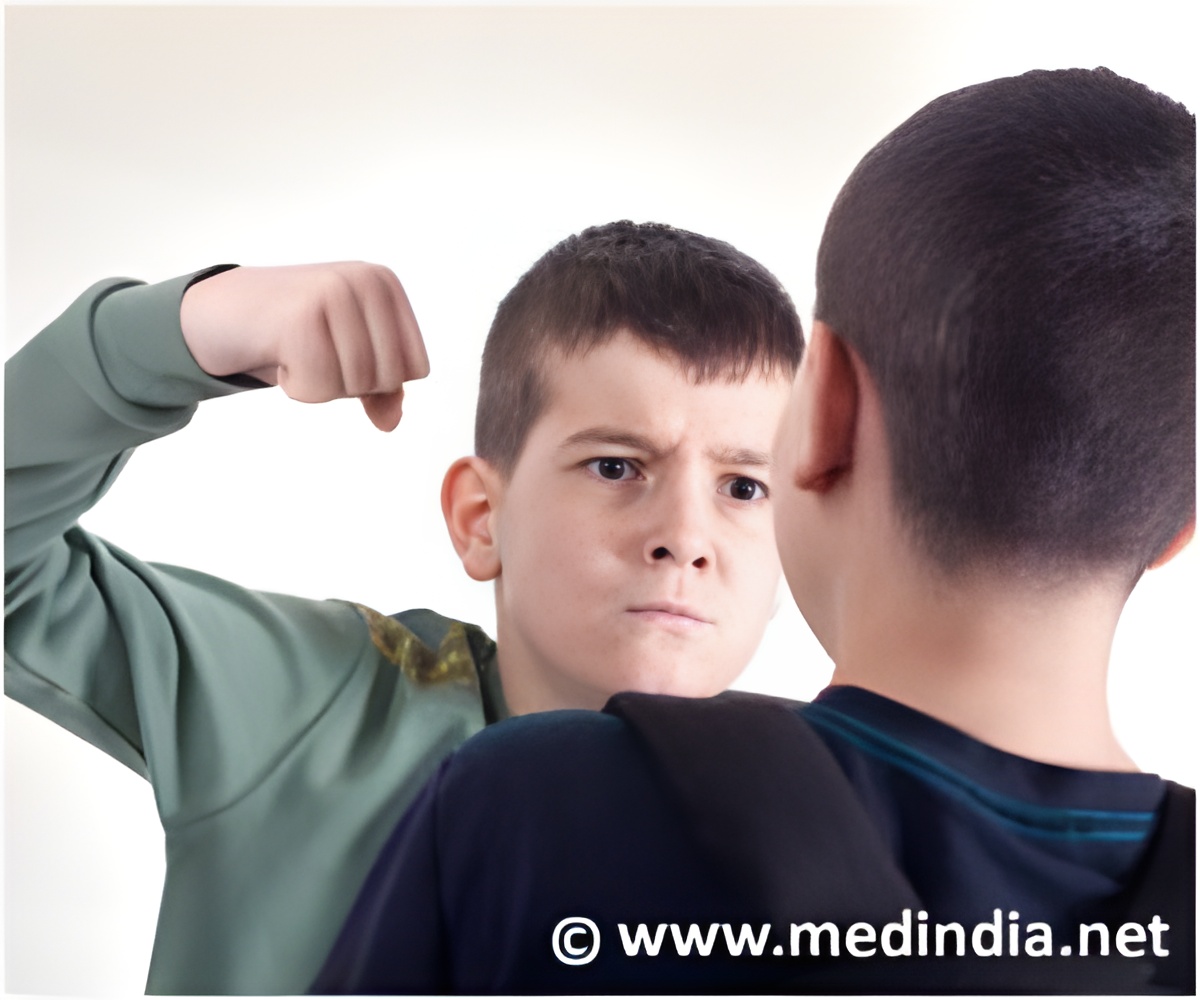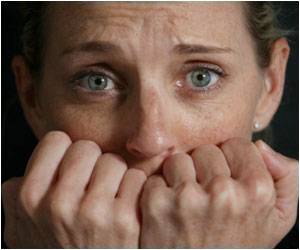
Authors of this article included: Iris Borowsky, M.D., Ph.D., associate professor of pediatrics in the University of Minnesota Medical School, Barbara McMorris, Ph.D., associate professor of population health in the University of Minnesota School of Nursing, and Lindsay Taliaferro, Ph.D., M.P.H., a public health expert trained as a postdoctoral fellow at the University of Minnesota Medical School and now on faculty at the University of Missouri.
In their analysis, the researchers utilized data from the Minnesota Student Survey, which looked at incidences of social and verbal bullying. The survey did not ask about physical or electronic bullying. Analysis showed over half of students in grades 6, 9, and 12 reported being involved in bullying, either as the victim or the bully. Involvement in bullying was also strongly linked to suicidal ideation or attempts.
"Given that many students are involved in bullying, and bullying involvement is strongly associated with thinking about or attempting suicide, we wanted to find ways to identify who was most at risk for these negative outcomes, and how we can foster protection for them," said Borowsky.
The analysis showed clear risk factors for suicidal thinking and behavior among young people involved in bullying. Among them: self injury, such as cutting, emotional distress, running away, and previous trauma in childhood, such as physical or sexual abuse.
However, there were also experiences that created a protective environment for these young people. Researchers identified strong, positive parental connections as the most powerful protective factor against suicidal ideation and attempt.
Advertisement
These protective factors hold promise for preventing suicidal behavior and decreasing bullying. Borowsky and her co-authors suggest family strengthening interventions and linking youth with psychosocial problems to mental health resources.
Advertisement
Borowsky and other researchers provided input to expand questions on bullying on the Minnesota Student Survey to include items about physical and electronic bullying. This will help researchers, administrators, legislators and other community members understand the full scope of the bullying issue.
More research is certainly warranted. Borowsky shares the view of federal agencies that call bullying a public health concern in this journal supplement.
"Bullying is not a normative behavior for children and adolescents. It is associated with serious psychosocial problems, including suicidal behavior, and thus requires prevention, recognition, and intervention," said Borowsky.
Source-Eurekalert











